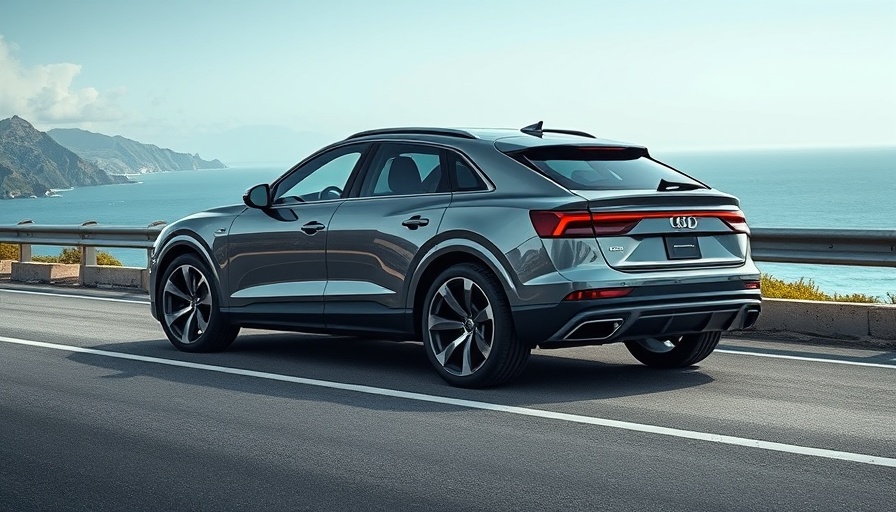
Uber and Waymo Revolutionize Austin's Ride-Hailing Scene
Austin, known for its vibrant culture and events like SXSW, is now also becoming a hotspot for automotive innovation with the introduction of Waymo's robotaxi service on the Uber app. This partnership signifies a pivotal moment in ride-hailing, as users are presented more options than ever before—an autonomous vehicle or a traditional human-driven ride.
A Closer Look at the Waymo on Uber Service
The "Waymo on Uber" service, which officially launched, allows Uber users to choose Waymo’s autonomous taxis seamlessly through their existing Uber app. This integration represents a significant technological convergence in the ride-sharing industry.
Initially, the fleet size has not been disclosed, but the goal is to expand substantially in the coming years. Waymo plans to roll out hundreds of robotaxis in Austin, enhancing the transportation landscape dramatically. Additionally, both companies are piloting this initiative in Atlanta, pushing the envelope on how modern consumers will experience urban mobility.
Future Trends in Autonomous Vehicles
This advancement in taxi services is only a glimpse into the future of automotive technology. Autonomous vehicles are expected to play a larger role in urban mobility, with Waymo leading the charge, operating over 200,000 rides weekly across major cities. As the demand for electric and autonomous transportation grows, collaborations like that of Waymo and Uber highlight the industry's shift towards sustainable and efficient practices.
Safety First: Understanding the Technology
Although skepticism remains regarding the safety of autonomous cars, Waymo's robust safety record is crucial in alleviating those concerns. Unlike some competitors, Waymo has yet to report a fatality due to its autonomous vehicle operations. This focus on safety is essential, especially as they prepare to compete against Tesla's upcoming robotaxi service and other emerging players.
Consumer Choice and Preferences
As users get accustomed to the option of hailing a robotaxi, the dynamics of ride-hailing will surely evolve. The feature within the Uber app that allows customers to toggle their ride preferences reflects user-centric innovation, giving riders freedom of choice that may well set the stage for a more personalized transportation experience.
Implications for the Automotive Consumer
For the average automotive consumer, these advancements in the ride-hailing and autonomous vehicle space mean a shift in how they will engage with transportation services. As companies like Waymo continue to innovate, consumers will likely see improved efficiency, increased safety, and greater sustainability in their rides.
This technology is a step towards realizing a fully autonomous transportation system that could redefine daily commuting. Consumers can expect not only to benefit from decreased wait times and improved convenience but also contribute to a greener future by choosing electric rides.
As we embrace these changes, it's essential to keep an eye on the evolving landscape of automotive innovations. These partnerships are shaping our travel experiences and introducing trends that promise to enrich our daily lives.
In an era where technology and daily convenience are intertwined, exploring options like the "Waymo on Uber" service can offer a glimpse into the future of urban transportation. Are you ready to ride the wave of innovation?
 Add Row
Add Row  Add
Add 




 Add Row
Add Row  Add
Add 

Write A Comment